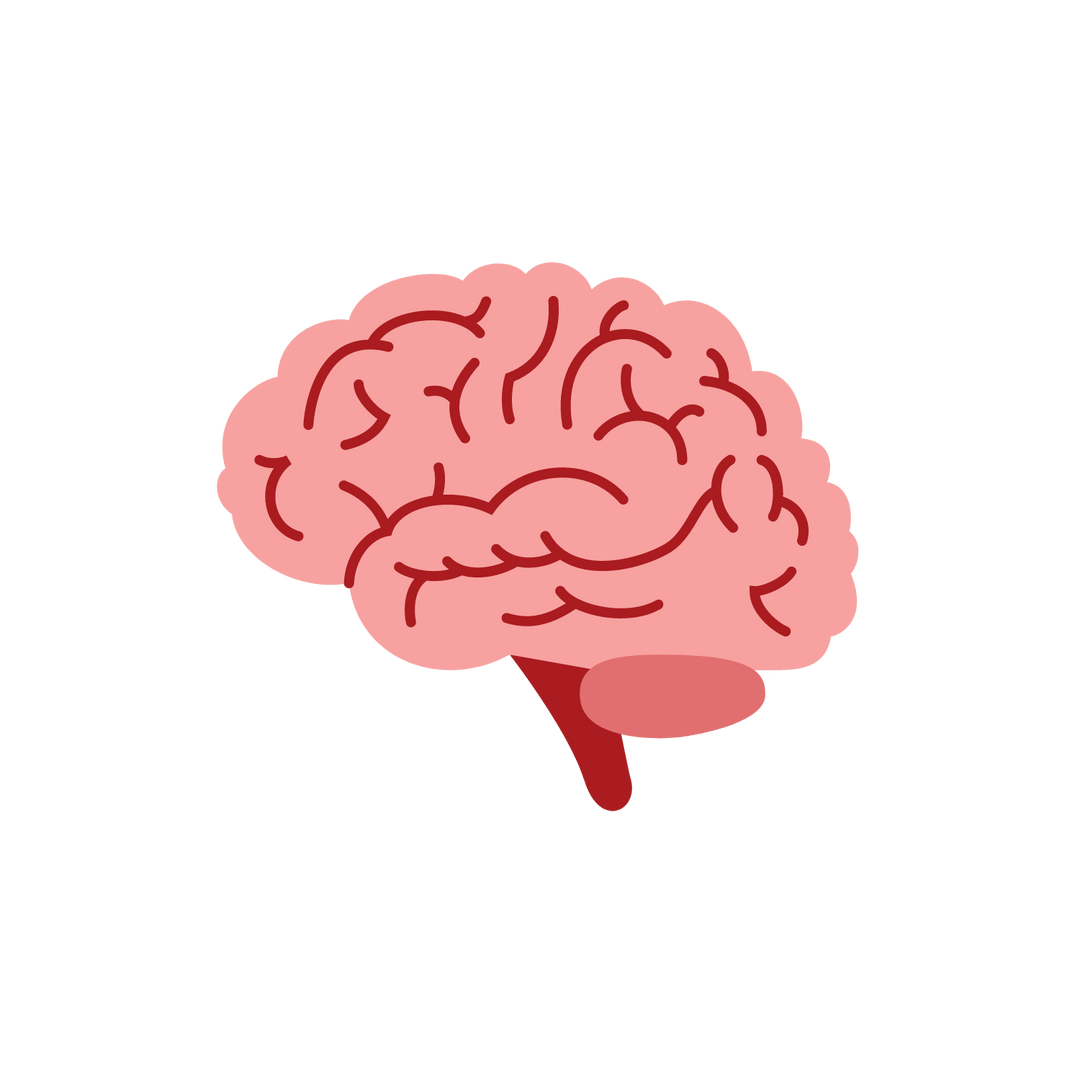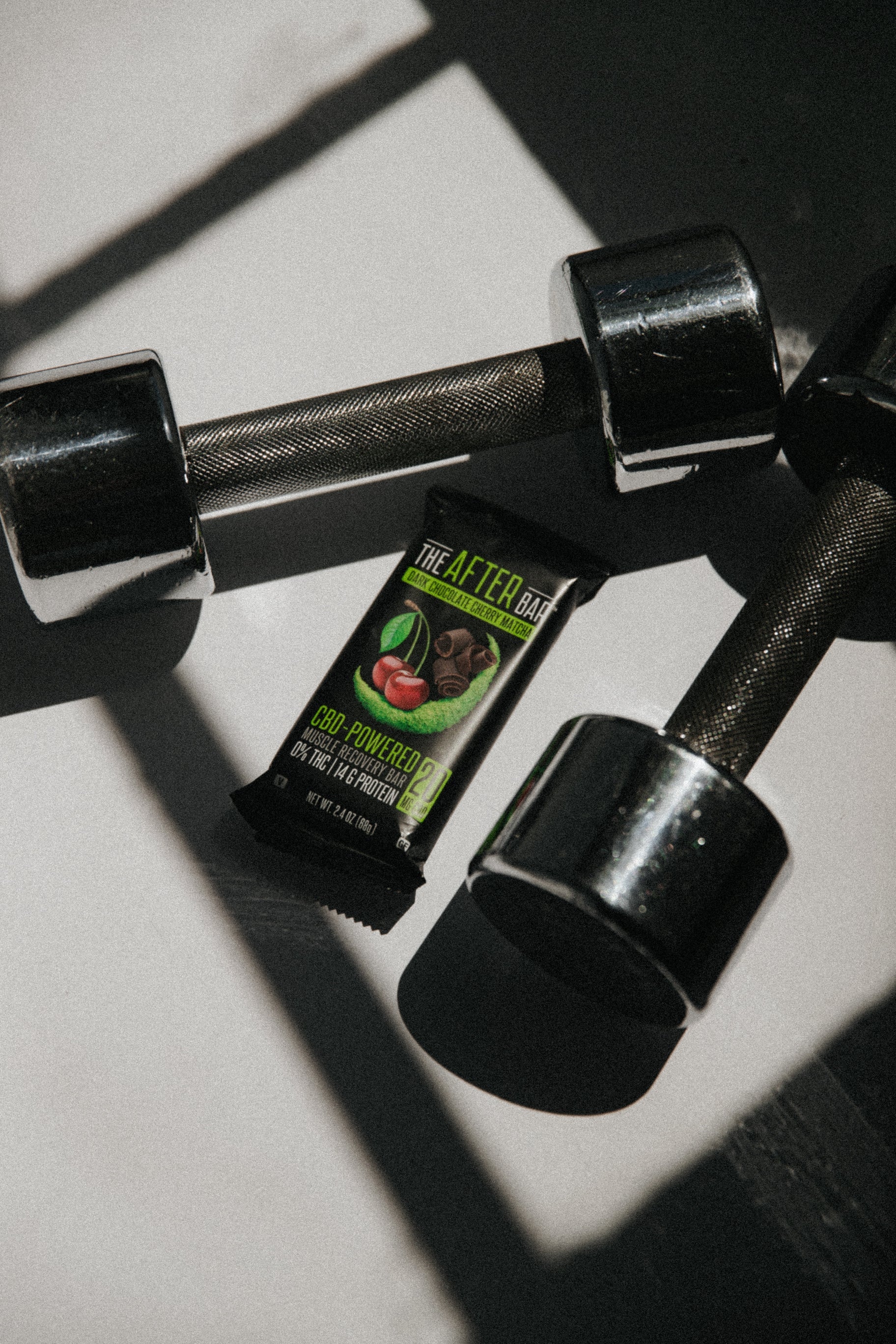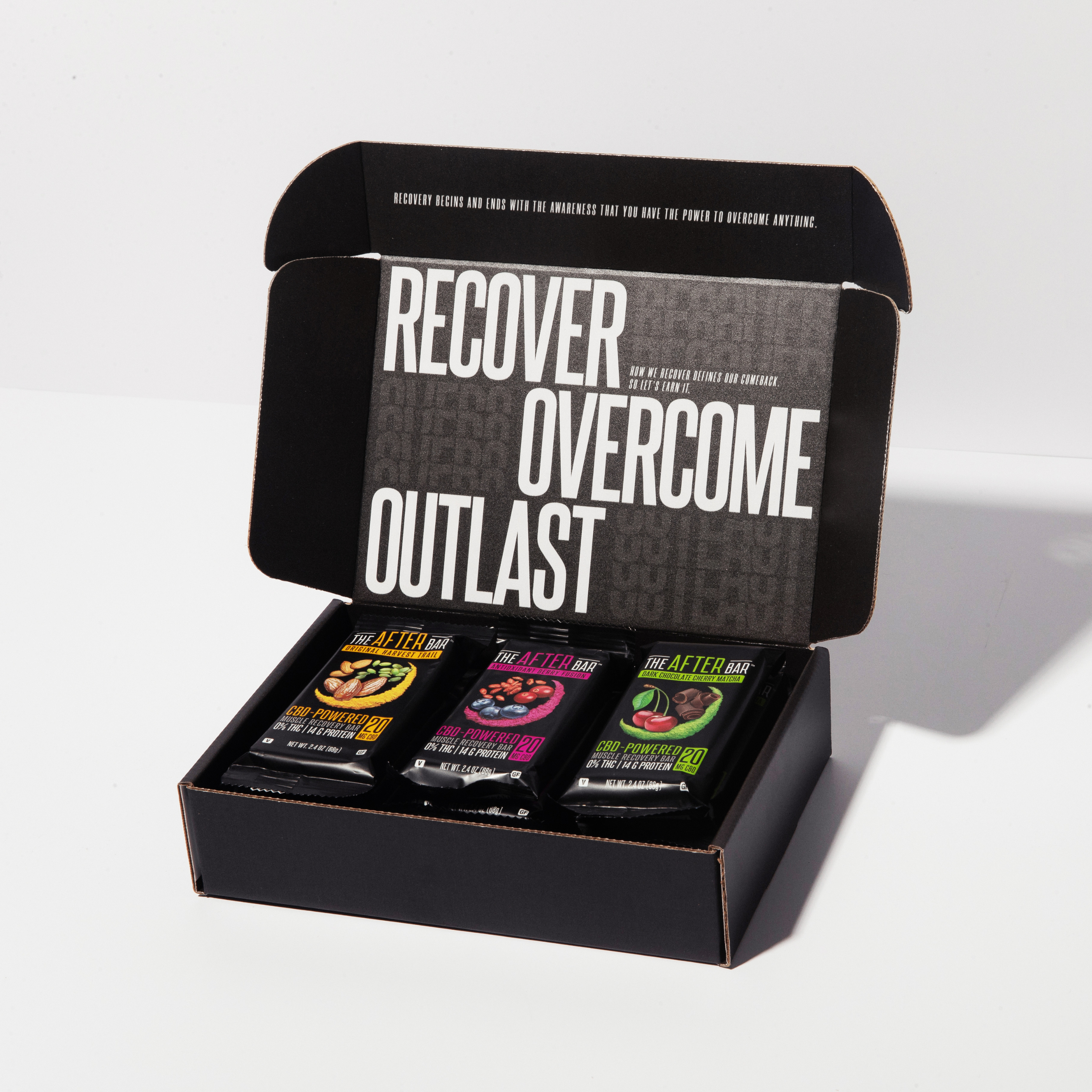The Power of Habit Stacking

Quick Definitions
Neurons: The basic building blocks of the brain and nervous system are neurons ( or nerve cells). Neurons are the cells that receive sensory information from the outside world, give motor commands to our muscles, and transform and relay electrical signals at each stage along the way.
Synapse: The space between two neurons where a neurotransmitter relays nerve impulses from the axon of a presynaptic (sending) neuron to the dendrite of a postsynaptic (receiving) neuron. More simply, the structure that helps two neurons communicate.
Synaptic Pruning
How much of that 9th-grade Spanish do you actually remember? If you aren’t regularly speaking Spanish, probably not much. Synaptic pruning is the brain’s way of eliminating unused neural pathways to make way for new connections formed by repetition or neurotransmitter influence. Depending on a person’s lifestyle, occupation, and habits, specific synapses gradually get pruned, whereas others become stronger (2)
For example, if you practice the violin regularly, your brain will increase the synapses necessary for that activity. Synapses that go unused become “pruned” to increase the brain’s efficiency (3).

What Does Synaptic Pruning Have to Do With Habits?
Habits are everyday actions we take, often without putting conscious thought. The specific way you tie your shoes, brush your teeth, and make your coffee in the morning are three examples of the countless actions you take each day.
Your habits reinforce various connections in the brain; the more you do something, the stronger the neural connection between neurons becomes.
The good news is that you can take advantage of established neural connections to build new habits.
The Power of Habit Stacking
Building new habits doesn’t always have to be done from scratch. Leveraging existing patterns is an excellent way to develop new ones, which is where habit stacking comes in.
A simple and practical way to apply habit stacking to your life is to identify something you do every day and pair it with a new activity.
The good news is that the two behaviors don’t necessarily need to be related or identical. What matters more is that you set an implementation intention like so:
“After/before [habit], I will perform [new behavior].”
Be as precise as possible to boost your chances of success. Here are a few examples:
“After brushing my teeth in the morning, I will stretch for five minutes.”
“After I get in bed in the evening, I will read five pages of a good book.”
“Before I get home from work, I will think of something good that happened that day.”
Go Even Further
Habit stacking works great by combining actions in pairs, but nothing suggests that you must stop there. You can go even further and stack three, four, or even five actions into beneficial sequences.
For example, you can start with a 5-minute stretch after brushing your teeth in the morning. A while later, you can add a third activity, such as meditating. So:
“After I brush my teeth in the morning, I will stretch for five minutes, and then I will sit down and meditate for 60 seconds.”
There is no limit to how many activities you can string together. In addition, you should work on increasing the intensity or duration of certain positive habits. For example, you can start with a minute of stretching after having your morning coffee and gradually work up to 10 minutes or more.
References
- Sakai, Jill. 2020. “Core Concept: How Synaptic Pruning Shapes Neural Wiring during Development And, Possibly, in Disease.” Proceedings of the National Academy of Sciences 117 (28): 16096–99. https://doi.org/10.1073/pnas.2010281117.
- Abitz, M., R. D. Nielsen, E. G. Jones, H. Laursen, N. Graem, and B. Pakkenberg. 2007. “Excess of Neurons in the Human Newborn Mediodorsal Thalamus Compared with that of the Adult.” Cerebral Cortex 17 (11): 2573–78. https://doi.org/10.1093/cercor/bhl163.
- First image, courtesy of Khan Academy, all rights reserved.





































Leave a comment